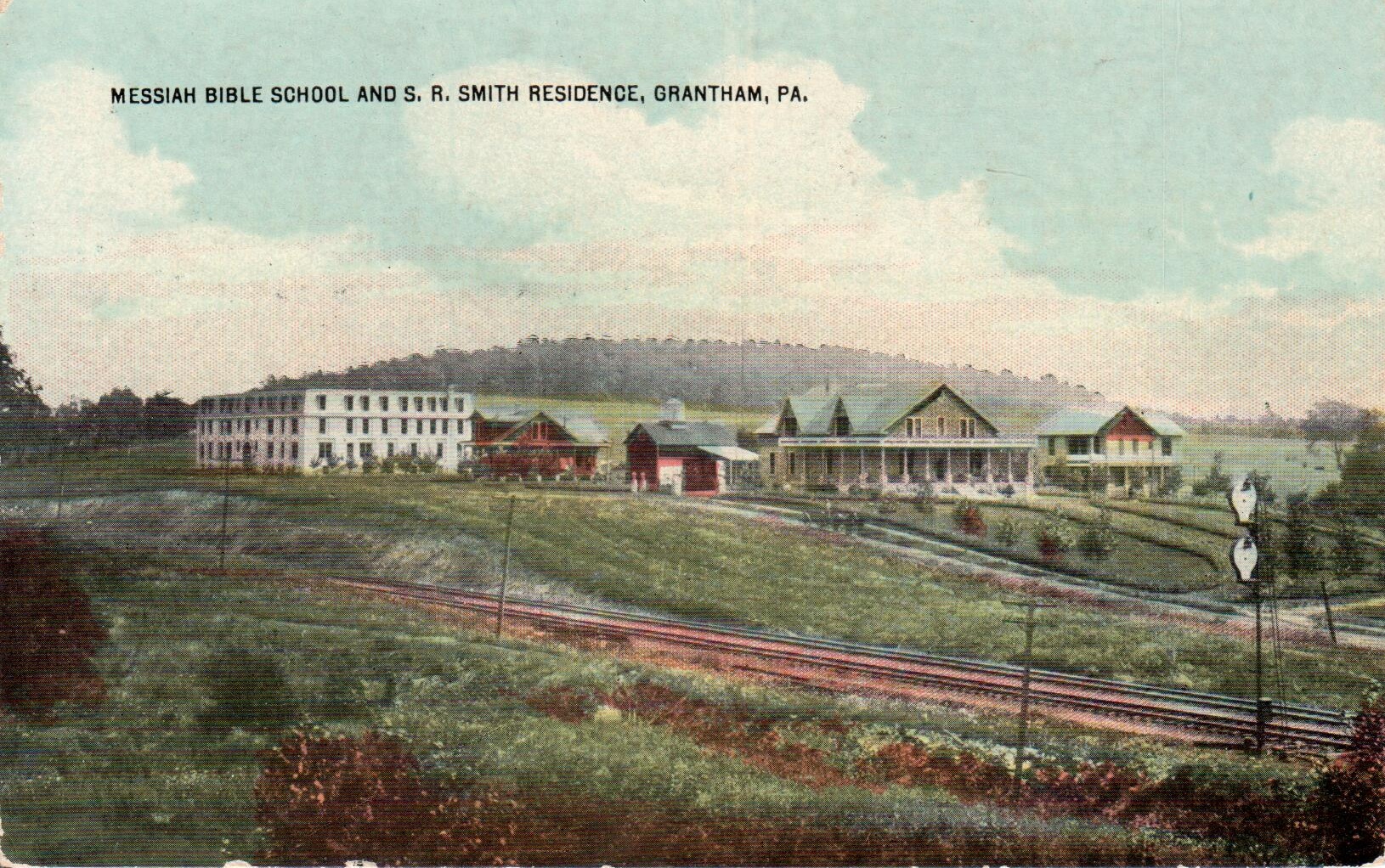
As most readers of this blog know, Messiah College was started by the Brethren in Christ in 1909 as Messiah Bible School and Missionary Training Home. Some members of the conservative church opposed the establishment of the school, often on the grounds that education beyond grade school (which was typical within the church at the time) would lead students away from the fellowship and into greater involvement in “the world.”
I recently stumbled upon an essay by Ernest Boyer, a former member of the Brethren in Christ Church who attended Messiah College and later served on its Board of Trustees. In the essay, Boyer — a former U.S. Commissioner of Education — tells a story that illustrates the skeptical attitude toward education evinced by many members of the church in this era, and how “progressive” members tried to reassure the institution’s detractors:
. . . [I]n his 1915 baccalaureate address President S. R. Smith addressed the students of this college, Messiah Bible School, and asked them whether they had ever seen a painting the equal of Michelangelo’s who painted the Sistine Chapel. President Smith also asked them whether it had been their privilege ever to gaze upon the face of a woman as beautiful as the statue of the Venus of Milo, the magnificent Greek sculpture that stands in the Louve in Paris.
This was not easy for some of the brethren and perhaps sisters to take; this business of wandering from the Bible, or so they thought. One critic wrote caustically of this broader curriculum and he said, “I may be counted dense, if I fail to find connections between Bible subjects and trigonometry and geometry and Virgil and of all things the history of the United States.” But then Peter Wiebe, an advocate and a defender of the school, a brilliant early leader, countered, in my judgement, in a marvelously gentle but pointed way: he recalled Frances Davidson who had studied geometry at Messiah. When she went to Africa as a missionary, she was able to draw upon the breadth of her knowledge gained at this College to survey the first mission station at [Matopo].
A fascinating story! (And, in the opinion of this writer, a diplomatic — and, I would imagine, effective — way to challenge the conservative Brethren in Christ to recognize the importance of education.)
Boyer, himself an alumnus of the college and the son of two very conservative Brethren in Christ home missionaries, speaks proudly of his alma mater — and of its Brethren in Christ origins — throughout the essay, which can be read in its entirety here.
For more on the early days of Messiah Bible School and Missionary Training Home, including stories about the opposition to the school, see E. Morris Sider, Messiah College: A History (Nappanee, Ind.: Evangel Press, 1984).

Well said! I feel that education saved the Brethren in Christ Church from the excesses of Fundamentalism and has helped it to be relevant to the people and culture around it–true service to Christ.